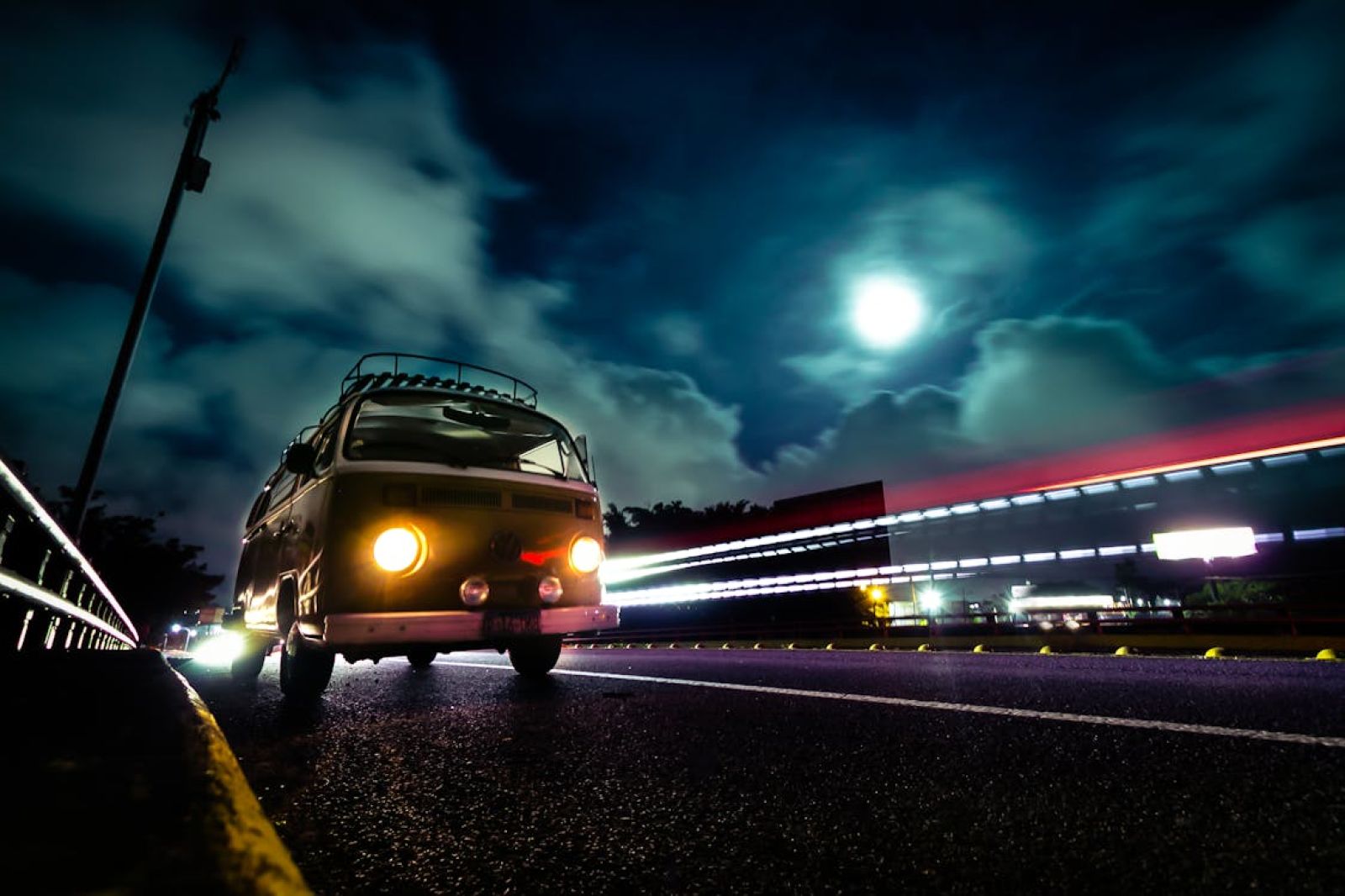Driving during a full moon increases the risk of collision by nearly 50% 💥
Published by Cédric,
Article author: Cédric DEPOND
Source: Transportation Research Part D
Other Languages: FR, DE, ES, PT
Article author: Cédric DEPOND
Source: Transportation Research Part D
Other Languages: FR, DE, ES, PT
Follow us on Google News (click on ☆)

Illustrative image Pexels
Researchers from Texas have revealed that full moon nights increase wildlife collisions, challenging our perception that better-lit roads are safer.
Published in Transportation Research Part D, the study led by Texas A&M University analyzed 112 lunar cycles between 2011 and 2020. Their goal: to understand the variations in vehicle-animal collisions depending on the phases of the moon.
The results are striking. Full moon nights show a 45.8% increase in accidents involving wildlife compared to new moon nights. A surprising fact considering that the increased light offers better visibility.
However, this increase doesn't affect accidents that do not involve animals, suggesting that wildlife plays a key role in this phenomenon. Could moonlight be encouraging greater animal activity?
While it may seem obvious, the researchers also observed a notable difference between rural and urban areas. Indeed, rural areas record more collisions during full moons, likely due to denser wildlife populations and reduced light pollution.
Similar studies in Spain, Canada, and Lithuania had already found a correlation between full moons and a rise in accidents. Hypotheses abound, ranging from driver fatigue to heightened animal activity.
Although the Texas study doesn't specifically identify the species involved or the exact causes of the phenomenon, the authors emphasize the need to enhance road safety, especially in rural areas. Technological advancements, such as sensors or cameras to detect animals, could also help prevent future accidents.
Why does the full moon influence collisions with wildlife?
The full moon's light brightens the nighttime landscape. This natural illumination could increase wildlife activity. Researchers believe that animals feel more comfortable moving, foraging, or socially interacting during these brighter nights.
Conversely, drivers, even though they benefit from better visibility, might be less vigilant, mistakenly thinking the moonlight alone makes the road safer. This false sense of security, combined with increased animal activity, could explain the rise in collisions during full moons.